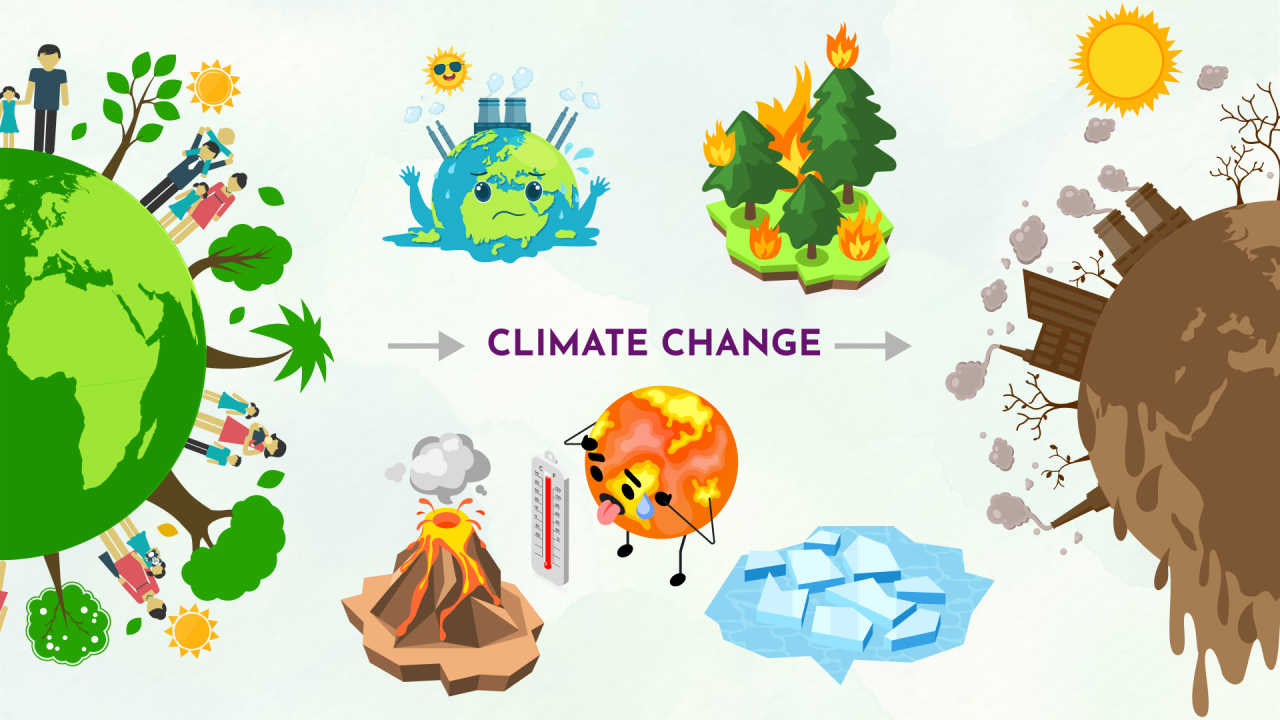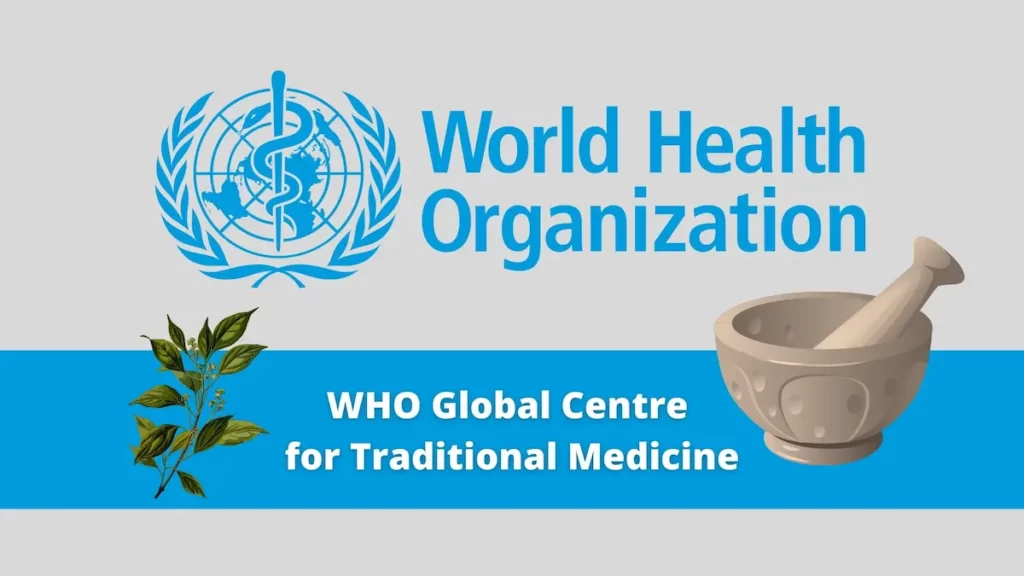Font size:
Print
Viksit Agri Economy by 2047
Context:
Indian agriculture is at a turning point, facing the challenges of ensuring food security, supporting rural livelihoods, and promoting sustainability. Despite progress in productivity, the adoption of modern technologies remains low.
India’s Aspiration for Viksit Bharat by 2047
- India aims to transition into a developed nation by 2047, requiring significant growth in per capita GNI from $2,390 in 2022 to over $13,846.
- Achieving this milestone requires sustainable and inclusive income growth, especially in agriculture, as 45.8% of the workforce depends on it.
Farmers’ Challenges and Demands
Key Demands by Farmers
- MSP Guarantee: Legal assurance of MSP at 1.5 times the comprehensive cost for 23 crops.
- MGNREGA Expansion: Increase wage employment to 200 days per year at ₹700/day.
- State Pensions: Financial security for farmers and farm labourers.
- Loan Waivers: Alleviation of debt burdens.
Trends in Farmers’ Incomes
Growth Rates
- Farmers’ real incomes grew by 3.4% annually from 2002-03 to 2018-19.
- Non-agricultural incomes grew faster at 6.4% annually during the same period.
- Doubling farmers’ incomes by 2022-23 would have required a 10.4% growth rate, far exceeding the observed 4.7%.
Structural Issues in Agriculture
- Declining Landholding Size: Average size reduced to ~1 hectare, affecting scalability.
- Dependence on MSP Crops: Limited adoption of high-value agriculture due to risk aversion.
- Market Risks: Price volatility, inadequate infrastructure, and weak market access deter diversification.
- Fragmentation of Land: Limits economies of scale and competitiveness.
- Imperatives to Build a Viksit Agri Economy by 2047
Leveraging AI in Agriculture
- Applications: Weather forecasting, pest control, crop yield optimisation.
- Challenges: Limited to tech-savvy farmers.
- Way Forward:
- Develop vernacular AI platforms for smallholder farmers.
- Partner with AgTech startups for affordable AI solutions.
- Use government programs to disseminate AI-based advisory services.
Expanding Regenerative Farming
- Current Scenario: Organic farming and zero-budget natural farming exist in pockets; monoculture and chemical overuse dominate.
- Global Models: France and the US promote policies, incentives, and R&D for sustainability.
- Recommendations:
- Draft a national regenerative farming policy.
- Encourage private sector R&D on agro-ecological practices.
Promoting Robotics and Automation
- Status: High costs and rural labour abundance limit advanced robotics; basic tools like seeders are more common.
- Global Benchmark: Advanced robotic harvesters in developed economies.
- Action Points:
- Develop low-cost robotic solutions for small farms.
- Establish AgTech hubs for testing and deployment.
- Foster public-private partnerships to scale innovations.
Accelerating Alternative Proteins
- Current Status: Startups lead, but affordability and scalability are barriers.
- Global Models: EU-backed R&D and initiatives.
- Strategies:
- Collaborate with global leaders for better production techniques.
- Enhance public awareness about lab-grown proteins.
Adopting Digital Twin Technology
- Issues: Field trials are manual, costly, and slow.
- Global Benchmark: US uses digital twins for virtual field trials.
- Recommendations:
- Partner with AgTechs for pilot projects.
- Train researchers in digital modelling.
- Provide tax incentives for digital twin solutions.
Scaling Blockchain Adoption
- Current Use: Limited pilot projects in food traceability.
- Global Models: China integrates blockchain for transparency and fraud prevention.
- Key Focus Areas:
- Expand blockchain to export crops for better price realisation.
- Develop infrastructure and farmer awareness programs.
Advancing Climate-Smart Farming
- Existing Efforts: PM-KUSUM promotes renewable energy, but large-scale initiatives are lacking.
- Focus Areas:
- Scale up micro-irrigation technologies.
- Invest in climate-resilient seed varieties.
- Use AI for localised climate advisory systems.


